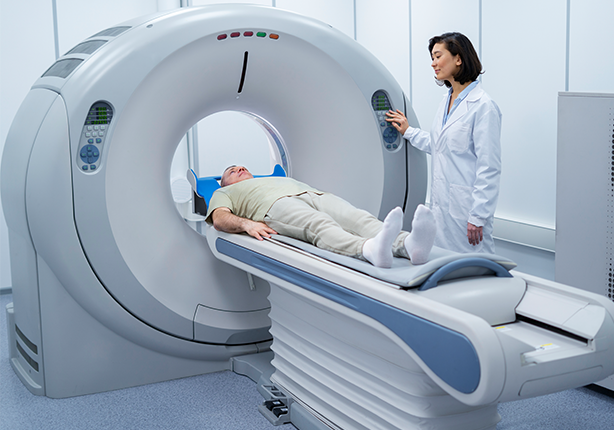

“Interventional Radiology” (IR) refers to a range of techniques which rely on the use radiological image guidance (X-ray fluoroscopy, ultrasound, computed tomography [CT] or magnetic resonance imaging [MRI]) to precisely target therapy. Most IR treatments are minimally invasive alternatives to open and laparoscopic (keyhole) surgery. As many IR procedures start with passing a needle through the skin to the target it is sometimes called pinhole surgery! The essential skills of an interventional radiologist are in diagnostic image interpretation and the manipulation of needles and the use of fine catheter tubes and wires to navigate around the body under imaging control. Interventional radiologists are doctors who are trained in radiology and interventional therapy. No other specialty possesses this unique combination of skills! There is hardly any area of hospital medicine where IR has not had some impact on patient management. Although the interventional radiologist has many techniques at his/her disposal these fall into 5 broad categories: The range of conditions which can be treated by IR is enormous and continually expanding. You may have heard of some of the following: It is important to recognise that the interventional treatment is usually one of several treatment options available ranging from nothing, through drug treatment and up to surgery. Each case should be considered on its own merits.
Well recognised advantages of these minimally invasive techniques include reduced risks, shorter hospital stays, lower costs, greater comfort, quicker convalesence and return to work. The effectiveness of treatment is often be better than with traditional treatments. It should be noted that humans are not the only species to benefit from IR. Veterinary surgeons are also turning to interventional techniques so you may find both you and your animals offered similar treatments!